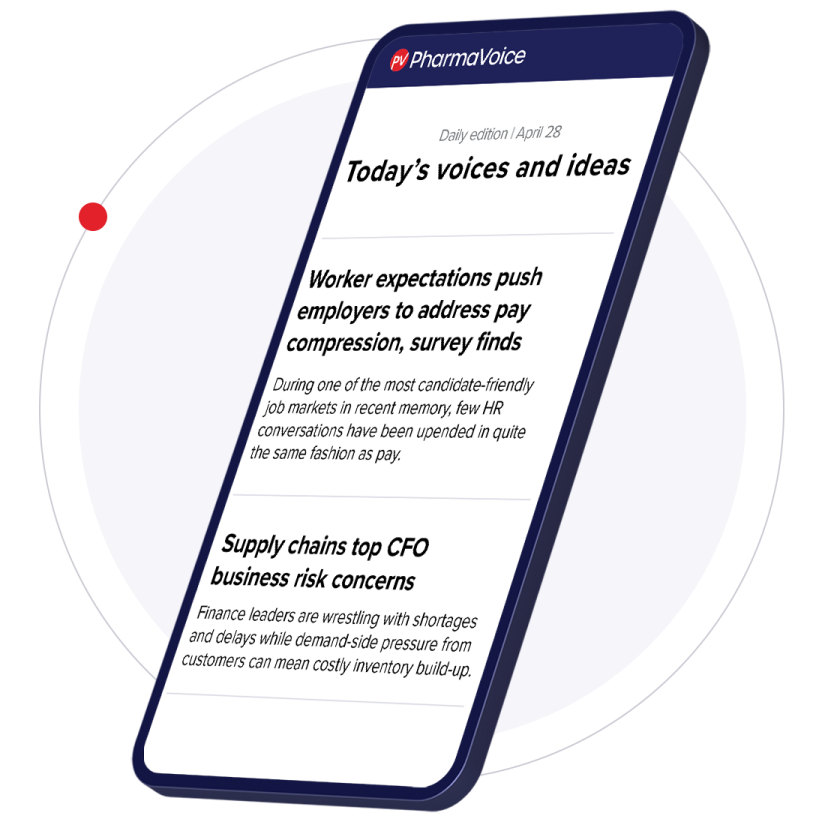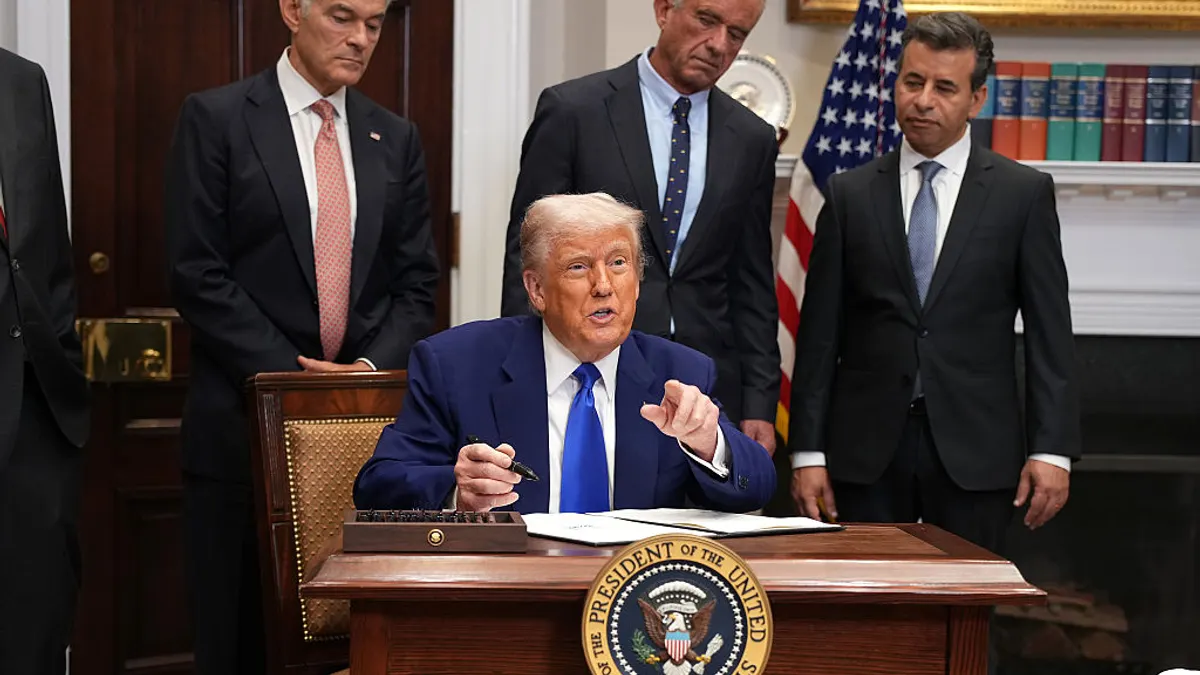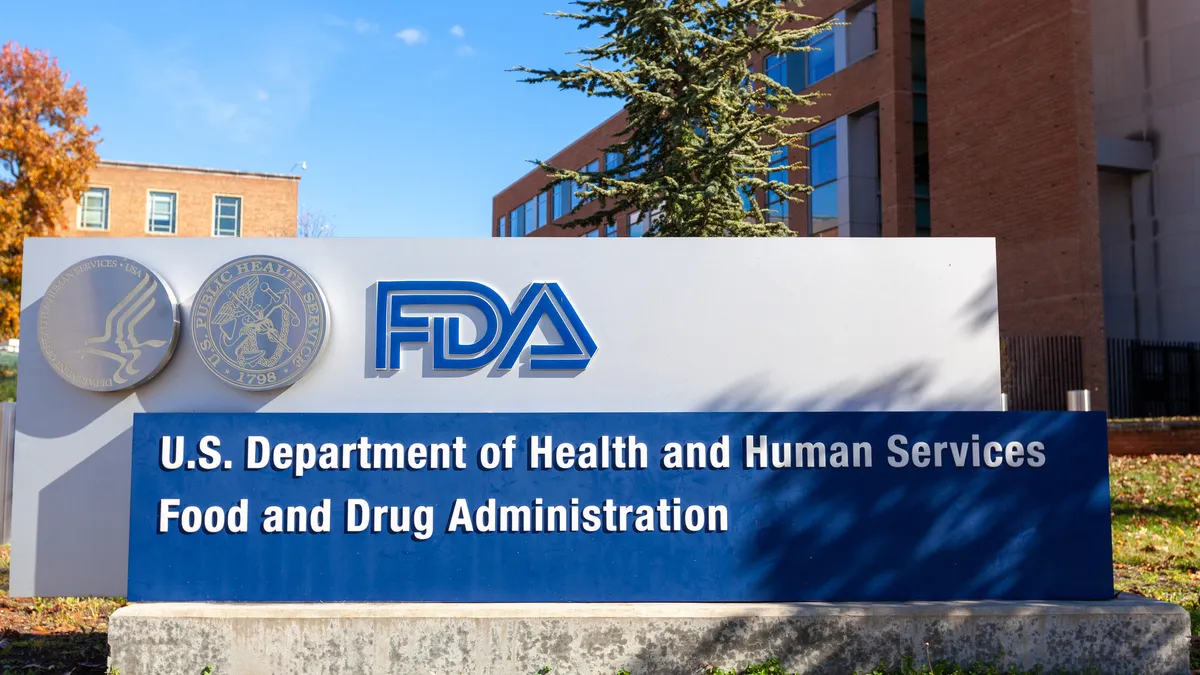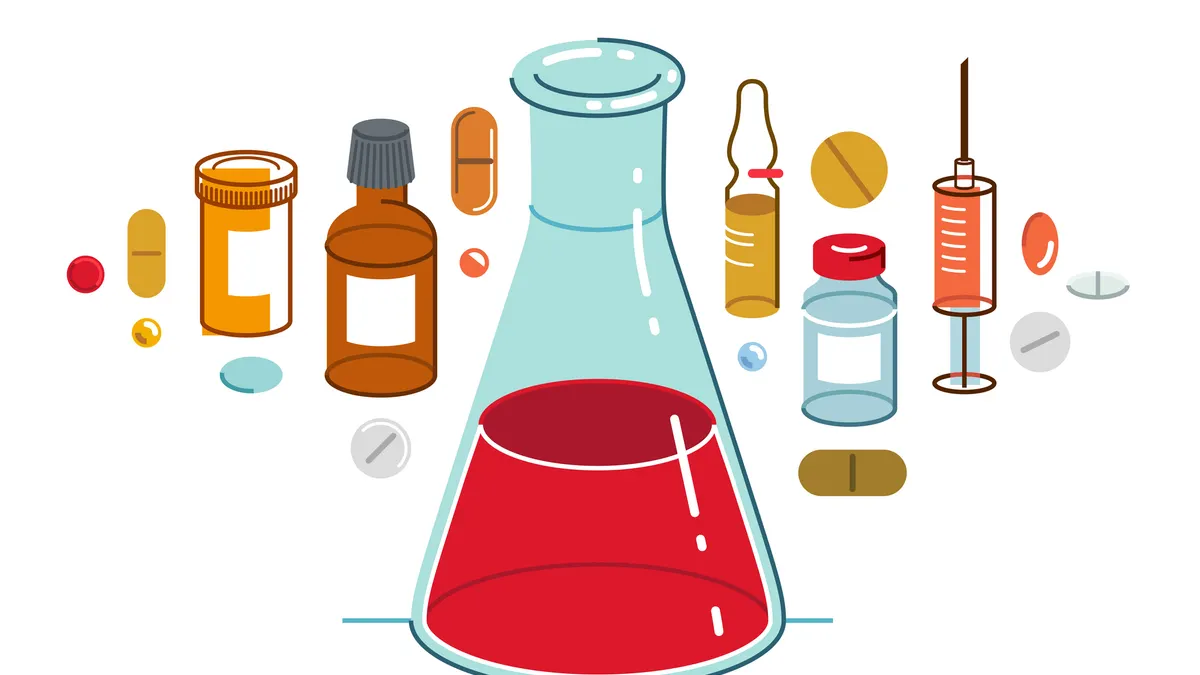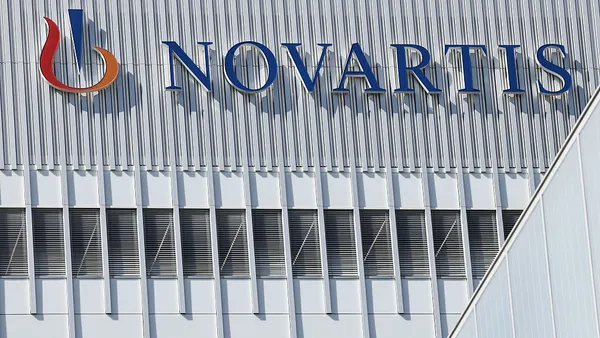Days after President Donald Trump’s second inauguration, a communications freeze from federal health agencies upended the flow of information in the medical, research and public health communities. Suddenly, regular updates and publications, like the CDC’s Morbidity and Mortality Weekly Report, and updates about flu strains and vaccinations, went quiet.
“The extent of that was unprecedented,” said Katelyn Jetelina, a well-known epidemiologist and data scientist behind the newsletter, “Your Local Epidemiologist.” “Usually we do have some sort of pause between transition teams, but this was far broader of a scope.”
While some communications, like flu updates, have resumed, the fate of others remains an open question.
“There's still a lot that's not known,” Jetelina said. “For example, the flu vaccine campaign was halted, and we're getting very little updates and briefs on H5N1.”
For the pharma and biotech industries, a lack of information and clear communication from the government could spark wide-ranging issues, like sowing confusion about clinical trial design and further eroding consumer trust.
“I view [pharma] as trusted messengers that need good quality, understandable, timely, actionable information,” Jetelina said.
Some government communications impacting drug development, for example, came back online but with unclear messaging, like the FDA’s draft guidance on clinical trial diversity, which was removed and then restored with a note that the agency and Trump administration “rejects” it because it’s “disconnected from the immutable biological reality that there are two sexes.”
“There’s a sense of urgency right now, but there was a storm even before due to the lack of trust in institutions."

Katelyn Jetelina
Epidemiologist, data scientist
The FDA also set off alarm bells when it cancelled its annual flu vaccine advisory meeting without explanation in February. It announced next season’s flu strains for vaccine manufacturers a few weeks later, hewing to the same ones the WHO recommended.
“There will be a flu vaccine available in the fall, [but] if it's not recommended by the CDC, then insurance won't cover it,” Jetelina said. “Those policy decisions … are going to be a little more confusing if things unfold like we anticipate them to.”
In the wake of these changes, pharma is confronting a growing challenge in gaining public trust and finding few healthcare organizations filling the information gap.
Worsening public trust
In addition to stymying the pharma industry’s day-to-day work, Jetelina said the highly publicized freeze highlighted two long-standing problems with health communications, both of which have a profound impact on the industry.
One is the traditional, “top-down trickle” approach to disseminating health information in the U.S.
“Typically, how information flows is from ivory towers,” Jetelina said, without much “listening or feedback.”
The other issue is trust.
Only 53% of the public say they trust the FDA to make the right recommendations on health issues at least “a fair amount” — down from 65% in June 2023, according to a January KFF Tracking Poll on Health Information and Trust. Trust also dropped in health recommendations from the CDC (66% in 2023 to 61% this year).
That lack of trust is even more pronounced among certain groups. A separate KFF poll from last month showed that most Republicans distrust the CDC to provide reliable information on bird flu.
“There's a sense of urgency right now, but there was a storm even before due to the lack of trust in institutions overall,” Jetelina said. “We need to step up and be responsive to that storm.”
Who’s stepping up
In the absence of information from government sources, a handful of organizations are helping fill the void, including the American Academy of Pediatrics, which “really stepped it up on social media,” and the Public Health Communications Collaborative, which is “helping and equipping public health workers with effective strategies for communication,” Jetelina said.
Jetelina also pointed to KFF’s Health Misinformation Monitor, which tracks health misinformation in the U.S., analyzes its impact and mobilizes media to address the problem. Meanwhile, the American Medical Association has provided bird flu and other updates on its YouTube channel.
Otherwise, though, there’s been “not much” public health communication from other large organizations in healthcare.
“I've been very disappointed about the lack of institutional courage,” Jetelina said. “I think more of what I’m seeing is individuals stepping up because of the goodness of their heart and volunteering their time.”
That lack of information and trust has highlighted a critical need for a new system for sharing public health information, Jetelina said.
Jetelina is in the early stages of launching a resource herself with the support of the Robert Wood Johnson Foundation called the Health Trust Initiative, which will be a “health communications clearinghouse” that connects existing sources of public health information with “trusted messengers,” like healthcare providers, community leaders, social media influencers and faith leaders to disseminate information.
Pharma, meanwhile, is straddling the need for reliable health data and guidance for its drug development work alongside its role in being a “trusted messenger” that communicates that work to prescribers, payers and the public. One can’t happen without the other, and the current regulatory situation has highlighted an urgent need for better ways to achieve both.
“We need to create a new model of information flow and feedback loops,” Jetelina said.



